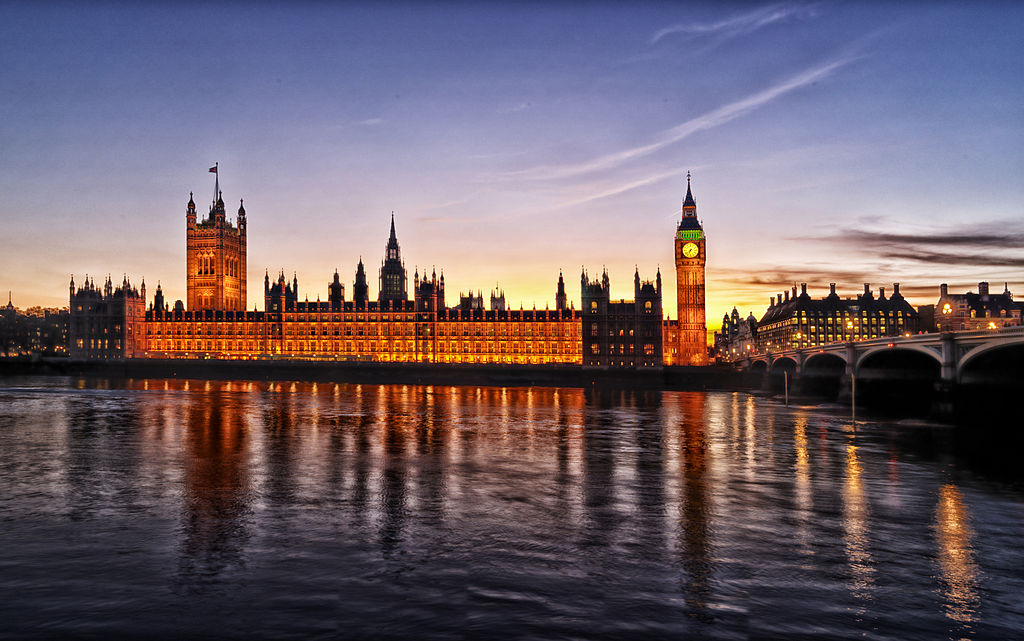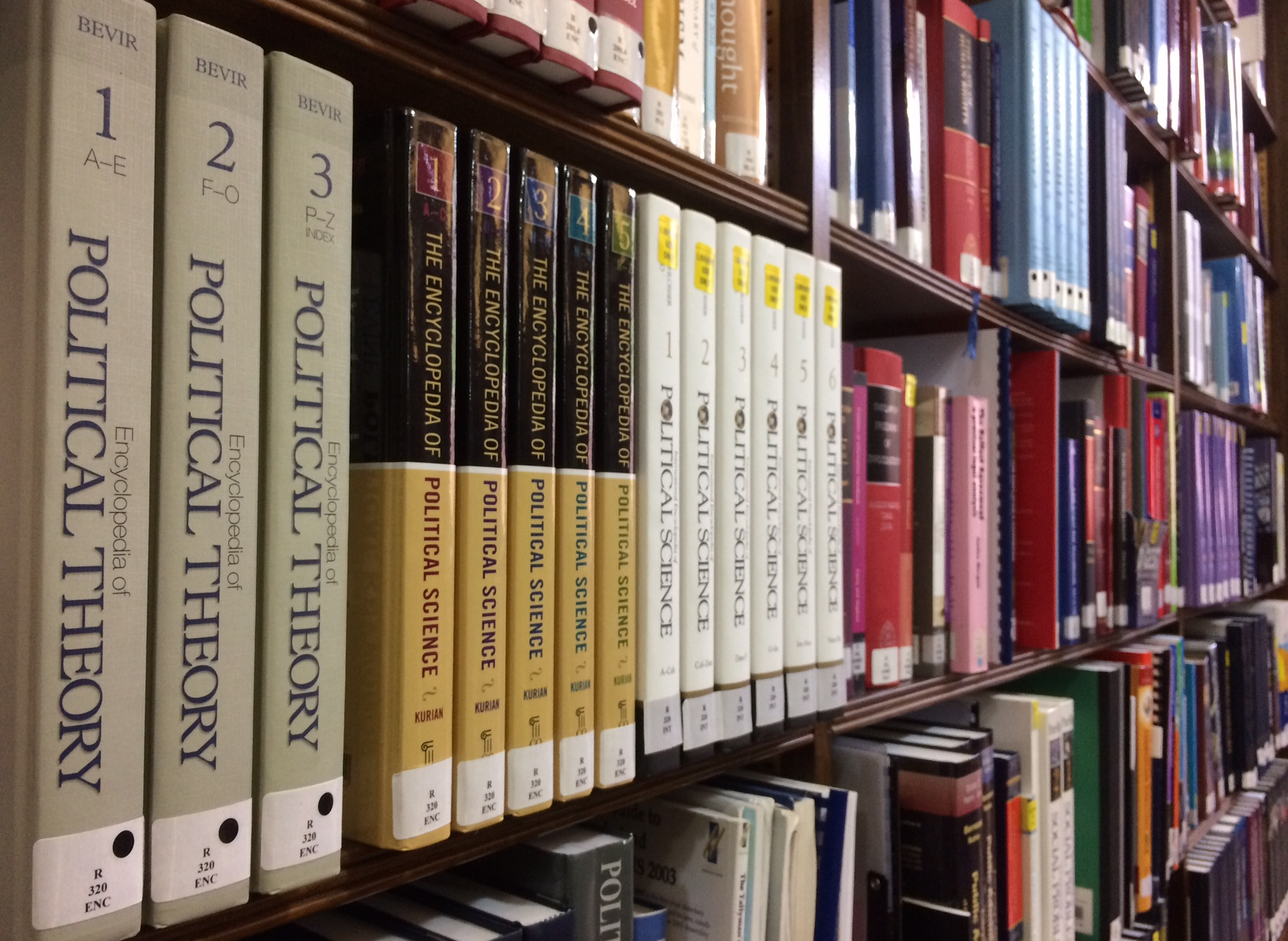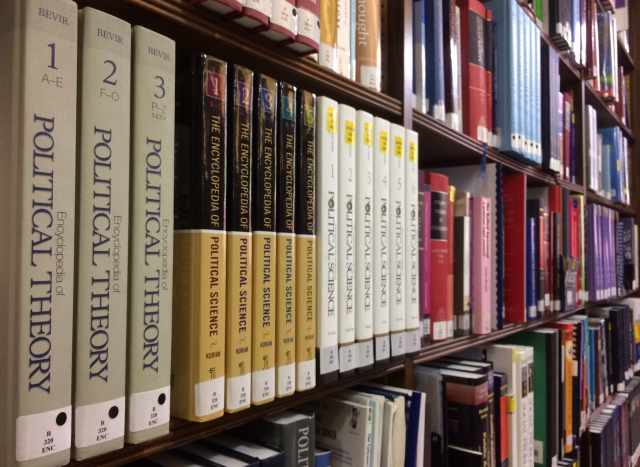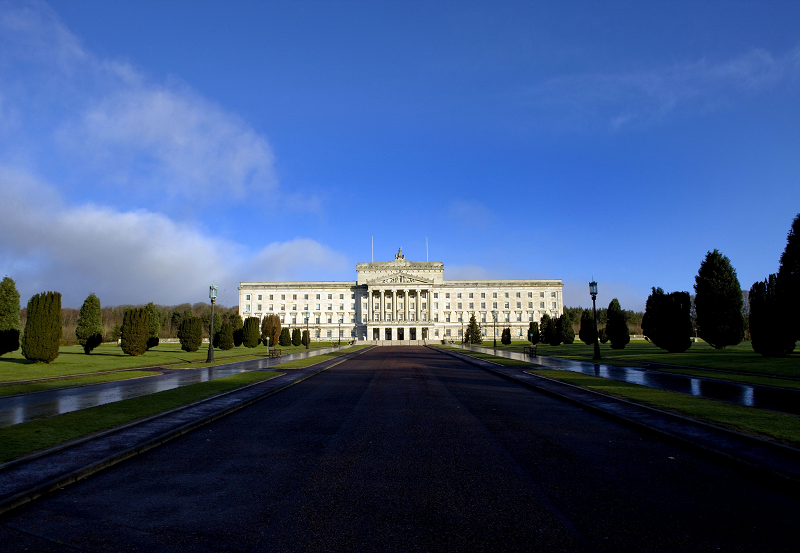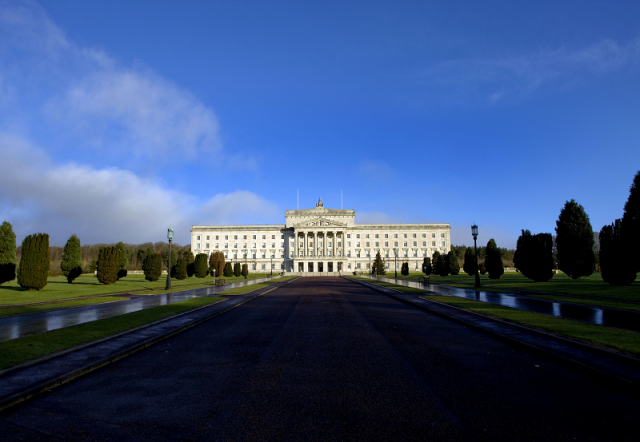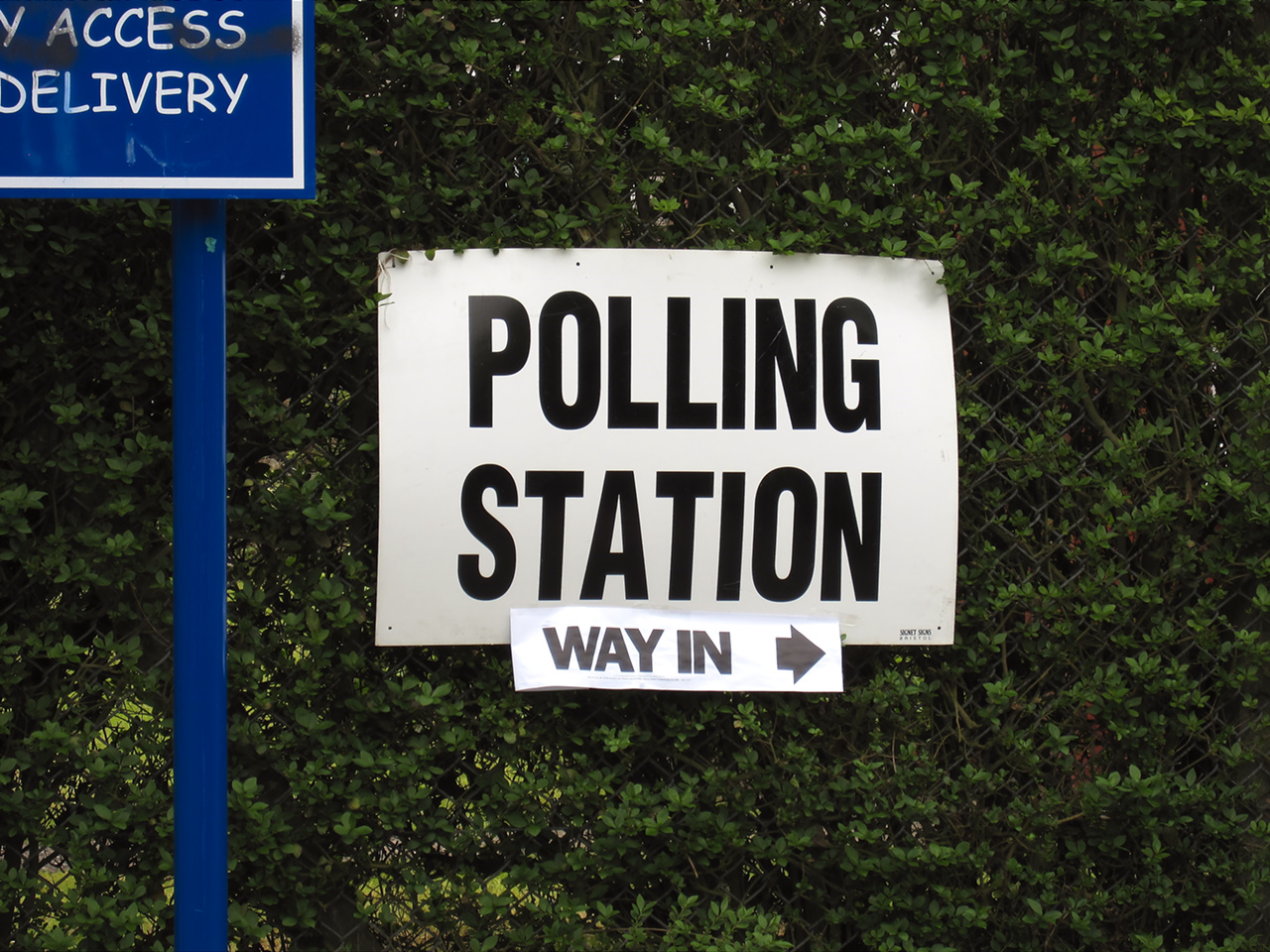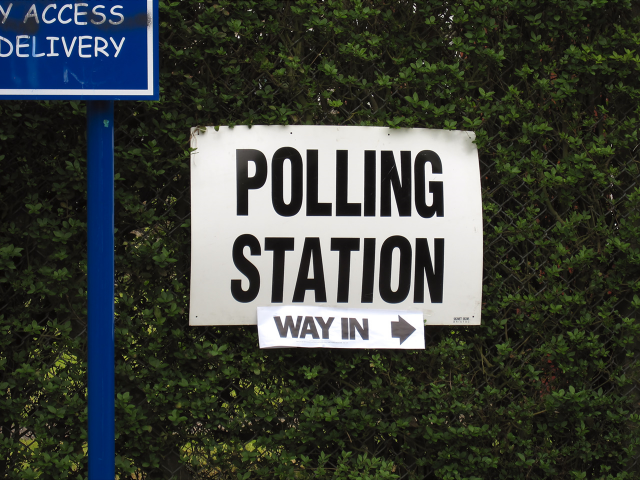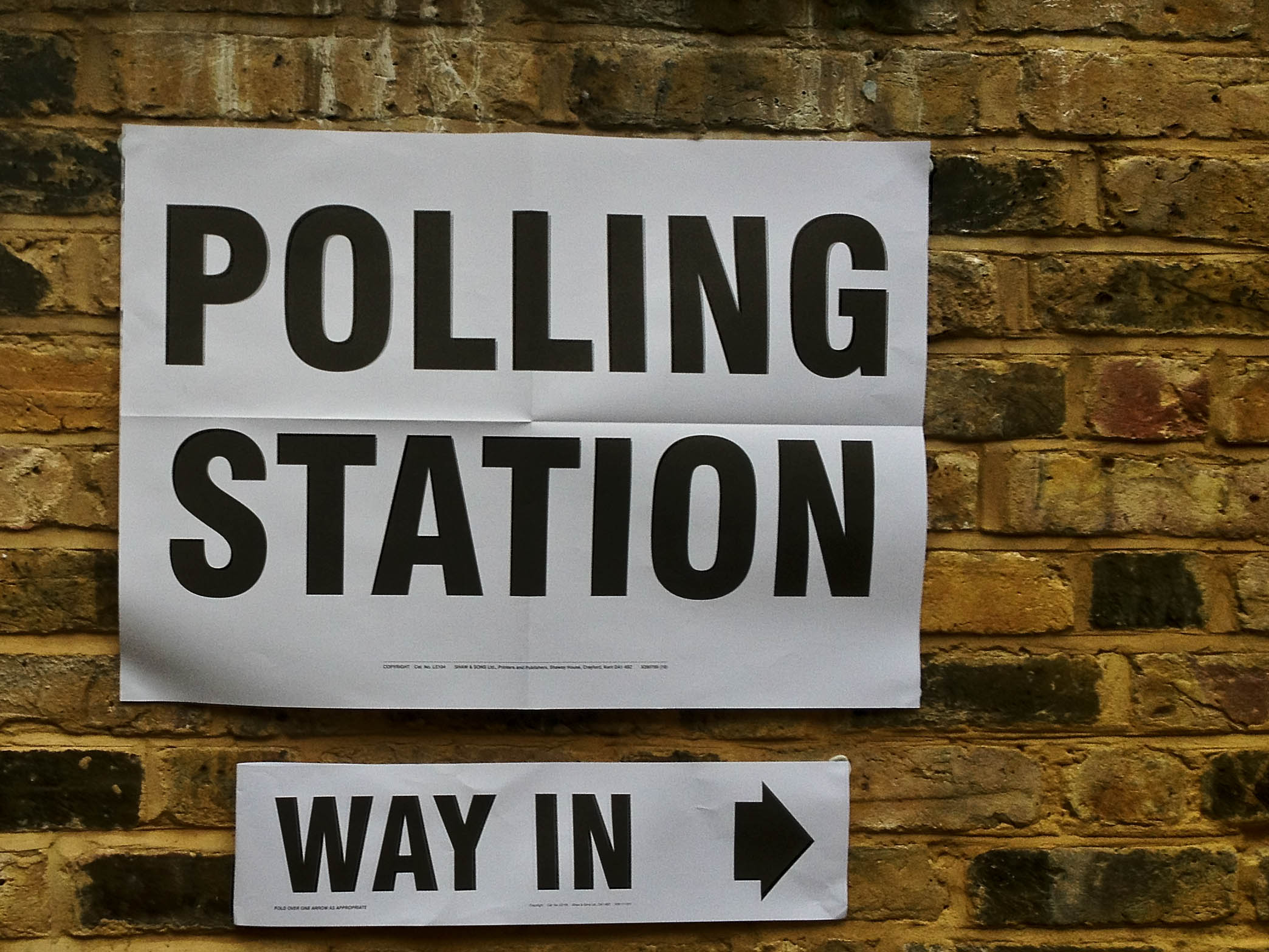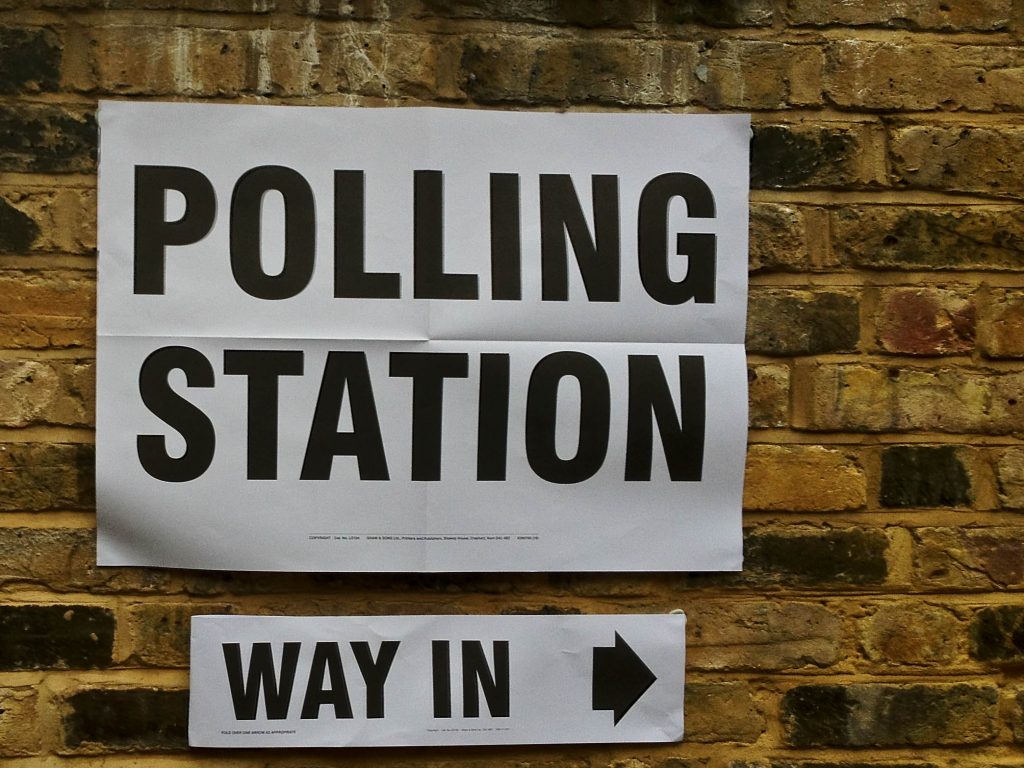General election 2017: A detailed look at the result in Northern Ireland
The Westminster general election of 8 June 2017 resulted in a ‘hung parliament’, with the Conservatives as the largest party but without an overall majority. The result was: Conservative (318), Labour (262), SNP (35), Liberal Democrats (12), DUP (10) and Others (13). The Labour vote surged by over 3.5 million (38%), from 9.347 million in 2015 to 12.878 million in 2017. The Conservatives received 42.4% of the vote, while the Labour share rose from 30.4% in 2015 to 40.0% in 2017, an increase of 9.6 percentage points. Locally, the two largest parties (DUP and Sinn Féin) dominated the election, mainly at the expense of the three smaller parties (UUP, SDLP and Alliance). This post reviews the general election of 2017 in Northern Ireland; it follows a recently published research paper on the election results.
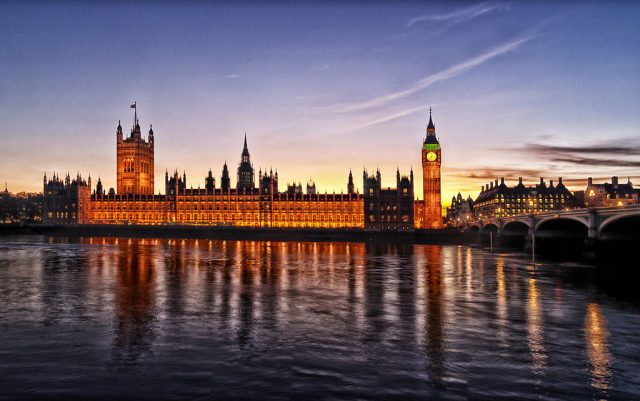
Read More »General election 2017: A detailed look at the result in Northern Ireland


